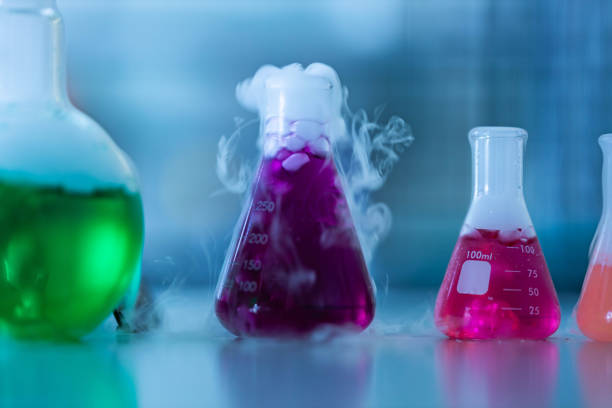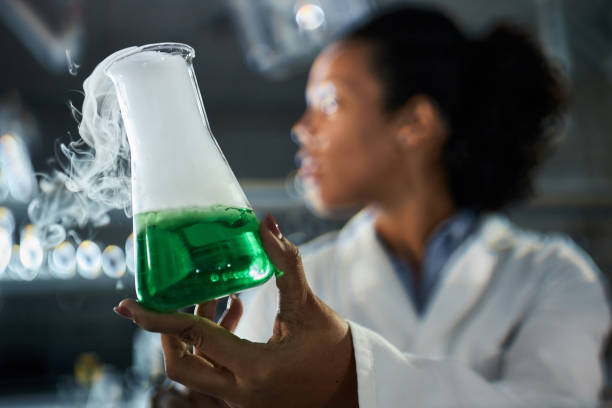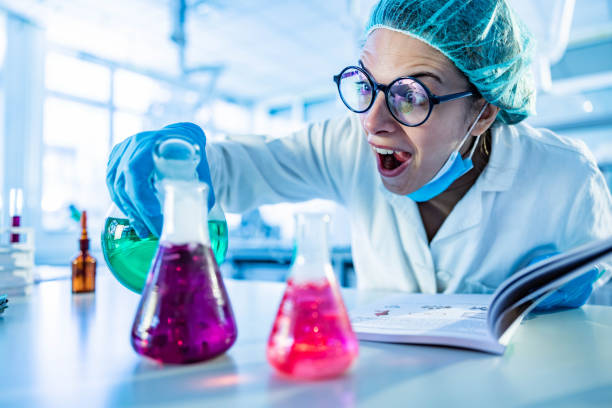
10 Tips for Understanding Chemical Reactions? Chemical reactions are fundamental processes that occur in our everyday lives, from the food we eat to the air we breathe. Understanding chemical reactions can provide valuable insights into the world of chemistry and its applications.
Know the Basics of Chemical Reactions
Chemical reactions form the very foundation of chemistry, and understanding their basics is crucial for anyone venturing into this fascinating field. At its core, a chemical reaction involves the transformation of one or more substances, known as reactants, into new substances, called products. This transformation occurs through the breaking and forming of chemical bonds between atoms.
To comprehend chemical reactions, it’s essential to grasp the concepts of atoms, molecules, and the periodic table. Atoms are the smallest units of matter that retain the properties of an element. They combine to form molecules, which can be composed of the same or different types of atoms. The periodic table organizes elements based on their atomic number, providing valuable information about their properties and reactivity.
Understand Reactants and Products\\

In a chemical reaction, reactants are the starting materials, while products are the resulting substances. Identifying the reactants and products helps to track the changes that occur during the reaction.
Recognize the Role of Catalysts
Catalysts are substances that speed up chemical reactions without undergoing permanent changes themselves. They provide an alternative pathway for the reaction, lowering the activation energy required.
Study the Different Types of Chemical Reactions
Chemical reactions can be classified into various types, such as synthesis, decomposition, combustion, and redox reactions. Each type has its own defining characteristics and can be identified based on specific patterns.
Read More: 10 Ways to Explore the Branches of Astronomy
Learn to Balance Chemical Equations
Balancing chemical equations is essential to ensure the conservation of mass. It involves adjusting the coefficients of reactants and products so that the number of atoms of each element remains the same on both sides of the equation.
Comprehend Energy Changes in Reactions

Chemical reactions involve energy changes, such as the release or absorption of heat. Understanding concepts like exothermic and endothermic reactions helps in analyzing the energy flow during a reaction.
Explore Reaction Rates and Kinetics
Reaction rates determine how quickly a chemical reaction occurs. Factors like temperature, concentration, and catalysts influence reaction rates. Kinetics is the study of reaction rates and the factors affecting them.
Consider Factors Affecting Reactions

Several factors can influence chemical reactions, including temperature, pressure, concentration, and the presence of catalysts. Understanding how these factors affect reactions allows for better control and optimization of chemical processes.
Connect Chemistry with Real-World Applications
Chemical reactions are present in various practical applications, such as pharmaceuticals, agriculture, materials science, and environmental studies. Exploring these connections helps in understanding the relevance and significance of chemical reactions in our lives.
Stay Curious and Keep Experimenting

The best way to enhance your understanding of chemical reactions is to remain curious and engage in hands-on experiments. Conducting simple experiments at home or participating in laboratory activities can reinforce theoretical knowledge and provide valuable insights.
Conclusion
Understanding chemical reactions is essential for anyone interested in chemistry or its applications. By following the ten tips outlined in this article, you can develop a solid foundation and improve your comprehension of chemical reactions. Remember to keep exploring, asking questions, and experimenting to deepen your understanding further.
FAQs
Q1: How can I identify the reactants and products in a chemical reaction?
To identify the reactants and products, look for the substances listed on either side of the chemical equation. The reactants are located on the left side, while the products are on the right side.
Q2: Are there any online resources to practice balancing chemical equations?
Yes, several online platforms offer interactive exercises and tutorials for balancing chemical equations. Some popular ones include Khan Academy, ChemCollective, and Chemical Education Digital Library.
Q3: Can you provide an example of an exothermic reaction?
An example of an exothermic reaction is the combustion of wood. When wood burns, it releases heat and light energy into the surroundings.
Q4: How does temperature affect the rate of a chemical reaction?
Generally, increasing the temperature accelerates the rate of a chemical reaction. This is because higher temperatures provide more energy to the reacting molecules, increasing their chances of successful collisions.
Q5: Are catalysts consumed during a chemical reaction?
No, catalysts are not consumed during a chemical reaction. They remain unchanged throughout the reaction and can be used repeatedly.











